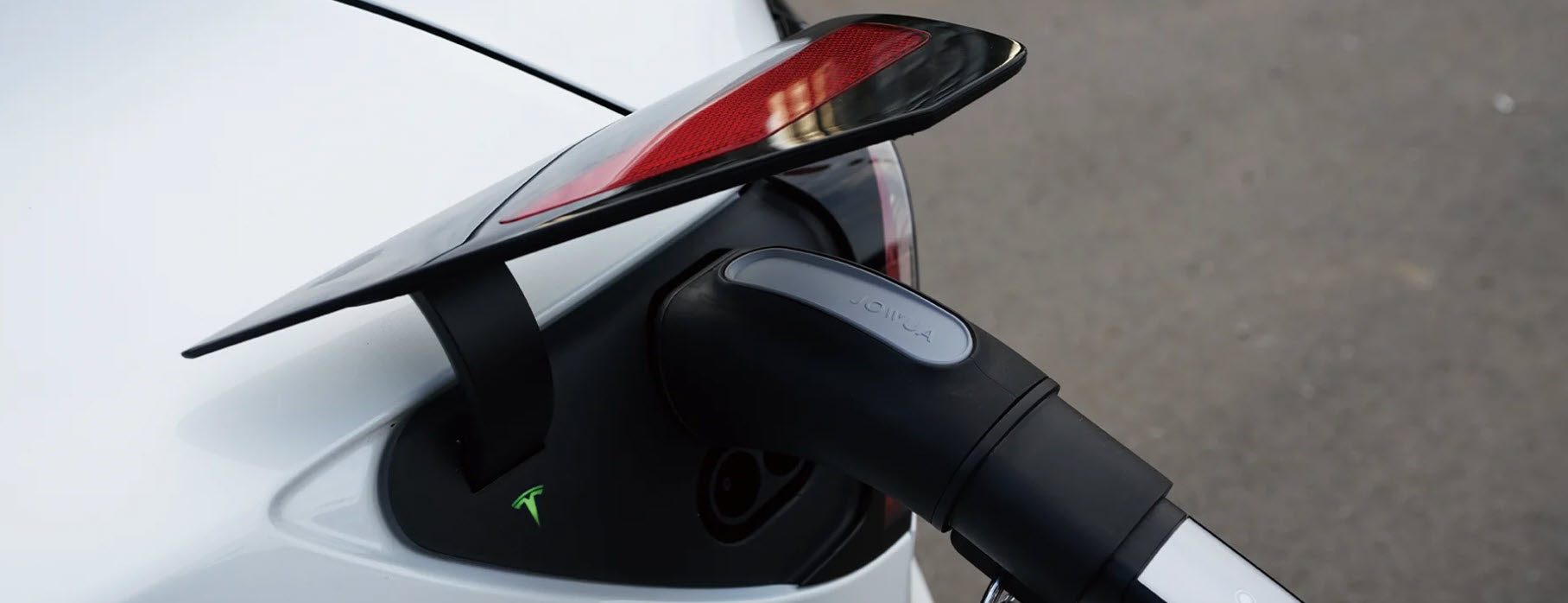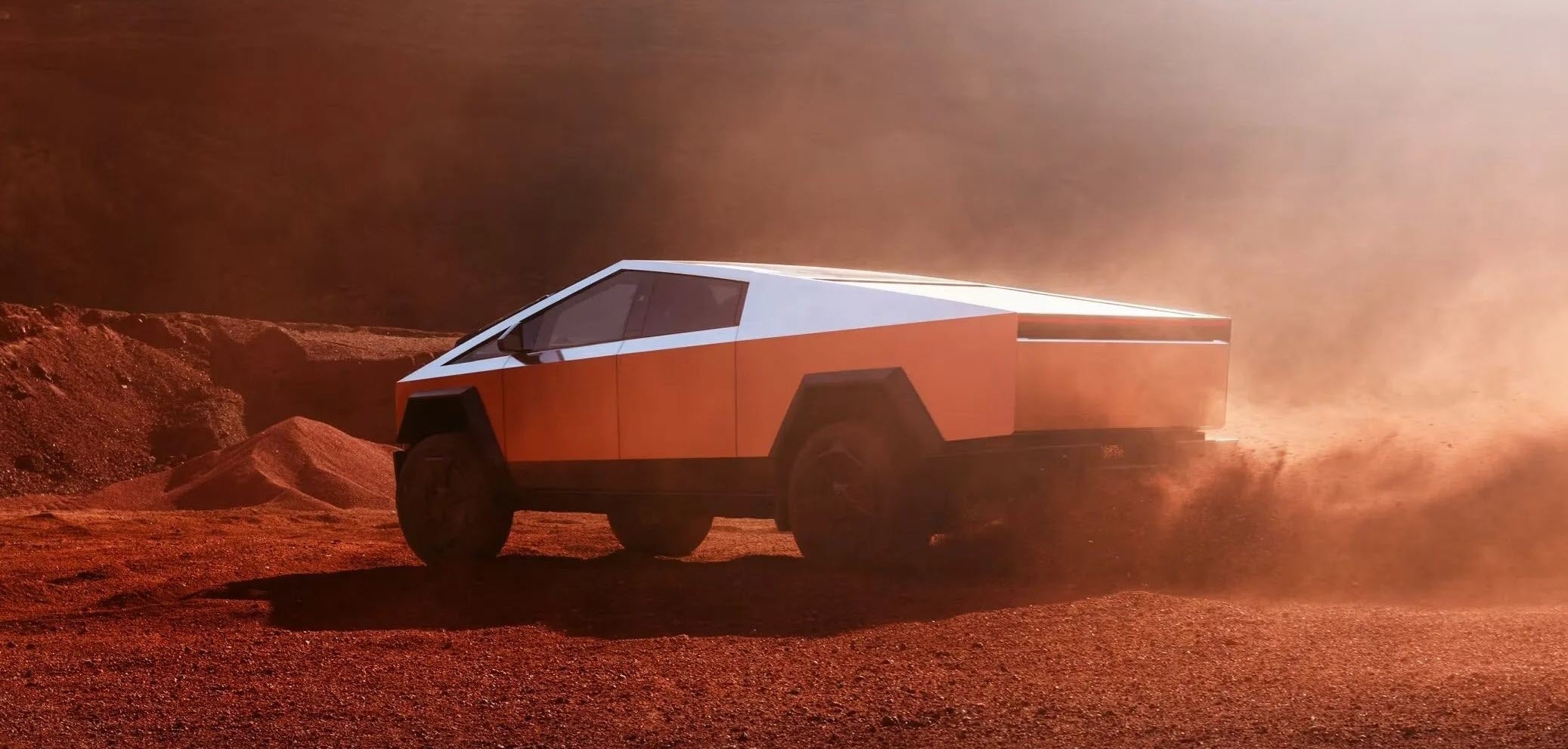
How to Retrofit your Tesla Model 3 and Y for CCS Charging
In the rapidly evolving landscape of EVs, compatibility and adaptability are key. With various charging standards emerging, it's essential for Tesla owners to have the option to charge their vehicles at any charger available in their vicinity. Therefore, having CCS compatibility can be helpful in ensuring you are not stranded anywhere. However, just having the CCS to NACS adapter is not enough, at least not for all Tesla models. For some, you also need a Tesla CCS retrofit. Let’s get into the why's and how's of it.
What is meant by Tesla CCS Retrofit?
Tesla CCS retrofit, also sometimes called making your Tesla CCS-enabled, involves modifying the vehicle's charging port and software to accommodate the CCS charging.
CCS-enabled Teslas can benefit from AC and DC charging into a single plug, faster charging speeds, and interoperability with a wide range of non-supercharger charging stations, including third-party networks and public charging stations.
Which Models Need to Retrofit?
Let’s understand each scenario:
Scenario 1:
Only Tesla models with the charging ECU built before October 2020 require retrofitting for CCS charging.
- Even if your Tesla comes with the CCS port, but has a prior-to October 2020 ECU, you might still need the retrofit. This is because your car’s software is not CCS-enabled. Only difference is that you won’t need the CCS to NACS adapter.
- If you have the NACS port with the older ECU, you will need both - the retrofit and the adapter.
Scenario 2:
Most newer Tesla vehicles come equipped with CCS charging software, meaning all you need is a CCS to NACS adapter.
You can verify whether you need the retrofit from your Tesla app as explained below.
How to Schedule a Retrofit Appointment
Step 1: Go to your car and check whether your car needs retrofitting from the below settings
To do that, touch Controls > Software > Additional Vehicle Information > CCS adapter support field.
The video shows "CCS and 3rd party NACS DC charging: Enabled" This is the case when you don't need a retrofit or you have successfully completed the retrofit.
If it says “Not Installed”, then you need the retrofit.
Step 2: If it needs the retrofit, schedule it from the Tesla app
Step 3: Take your Tesla to the Tesla Service Center where you have scheduled the appointment
Retrofit for Model 3 and Y costs $350, including the price of the adapter.
If that seems expensive, you can follow the DIY guide below, but remember, getting it done by experts always comes with a certain peace of mind. After all, you are modifying your car’s charging port.
Also, the DIY installation requires a lot of knowledge about servicing your car. So try it only if you have hands-on knowledge of your car.
DIY Guide for Tesla CCS Retrofit for Models 3 and Y
*** We strongly suggest having Tesla take care of this. It’s not a simple process and most owners do not have the background to do this retrofit. Only proceed if you have the experience and know-how ***
Retrofitting your Tesla for CCS charging is a multistep process that requires careful consideration and technical expertise. Here's a comprehensive guide to help you out:
Step 1. Research and Consultation
Before initiating the Tesla CCS retrofit, conduct thorough research to understand the implications and benefits of CCS charging for your Tesla model.
Additionally, seek guidance from experienced professionals to assess the feasibility and compatibility of retrofitting for your specific vehicle.
Broadly, there are 2 types of retrofits for Models 3 and Y. Find out which one applies to you
Retrofit Type 1:
- This applies to NA Model 3 made after October 4, 2020 or NA Model Y
- Only requires you to swap the ECU with the full-featured Gen4 ECU (Tesla part number 1537264-00-B)
Retrofit Type 2:
- This applies to NA Model 3 made before October 5, 2020
- Requires you to swap the ECU with the full-featured Gen4 ECU (Tesla part number 1537264-00-B)
- Also requires you to add a third-party wire harness compatible with the Gen4 ECU.
2. Procure Necessary Components
Acquire the essential components for the Tesla CCS retrofit.
Components you might require include:
- Compatible ECU that you can get from the Tesla Service Center near you
- The wire harness, if needed
- 10 mm socket wrench
- Screwdriver or trim fastener removal tool
- Other loose tools
Ensure the components meet quality standards and are sourced from reputable suppliers to guarantee optimal performance and safety.
Step 3. Disconnect Power Source
Disconnect the vehicle's power source by deactivating the main battery pack, before initiating any modifications.
To do this simply touch Controls > Safety > Power Off
Also, disconnect the High-Voltage Battery and the High Voltage Contactors from under your backseat.
You can check the Model 3 Service Manual and Model Y Service Manual to find out how you can do that.
Step 4. Remove the Existing ECU
Take off the trim and the carpet in your Tesla’s trunk near the charge port.
You will find the existing ECU is set up there
Press the clips of the wiring harness to separate the ECU from them. If there are extra screws, holding the ECU, unscrew them to remove them.
Exercise caution to prevent damage to surrounding components and maintain the integrity of the vehicle's structural framework.
Step 5. Install the New ECU
- Plug in the new wire harness into the new ECU
- Place the new ECU in the old ECU’s position in the car
- Ensure proper alignment and secure the ECU in the right position by fastening it with screws.
- Connect the wiring harness to integrate the CCS inlet with the vehicle's electrical system, following manufacturer guidelines and wiring diagrams for accurate configuration.
Step 6. Update Software
After completing the installation, conduct thorough testing to validate the functionality.
- Reconnect the high-voltage battery
- Turn on the power from the Tesla screen Controls > Safety > Power On
- Then install the updated charging software to your car from Controls > Software > Service Mode (Accessed by holding the Model name)
- After that, check Controls > Software > Additional Vehicle Information > check the CCS adapter support field - It should now say ‘Enabled’ if you have done everything right.
Verify that the CCS charging port communicates effectively with external charging stations and assess charging performance to ensure optimal efficiency and reliability.
If you have the NACS port, you will need to use the CCS to NACS adapter, otherwise you can charge without it.
The retrofit doesn’t remove any existing charging standard. It simply adds CCS to it so you should still be able to charge at a supercharger even with the new ECU.
Step 7. Finalize and Certify
Once testing is successfully completed and functionality is confirmed, obtain certification or validation from authorized technicians to authenticate the retrofitting modifications and ensure compliance with relevant safety standards and regulations.
Should You Get the Retrofit?
There are two sides to this coin:
Points in favor of getting the Tesla CCS Retrofit:
- With Superchargers opening up to non-Tesla vehicles, the retrofit can avoid you long queues and wait times by allowing you to charge your vehicles at other charging stations
- Not all CCS charging stations will upgrade to NACS immediately
- Superchargers are expensive
Points against getting the Tesla CCS Retrofit:
- With almost every auto-maker adopting NACS, charging stations will, sooner or later, get equipped with NACS
- With the ever-expanding Supercharger network, a Supercharger can soon emerge in your vicinity, making the retrofit obsolete in some years’ time
- Even gas stations are equipping themselves with NACS. British Petroleum has already announced investing $100 million in NACS charging stations and plans to increase it to $1 billion by 2030
- Retrofitting at $350 is expensive
So, for now, if your charging requirements don’t call for immediate retrofitting, you can postpone it for a few years to see how the charging infrastructure pans out.



Leave a comment
This site is protected by hCaptcha and the hCaptcha Privacy Policy and Terms of Service apply.